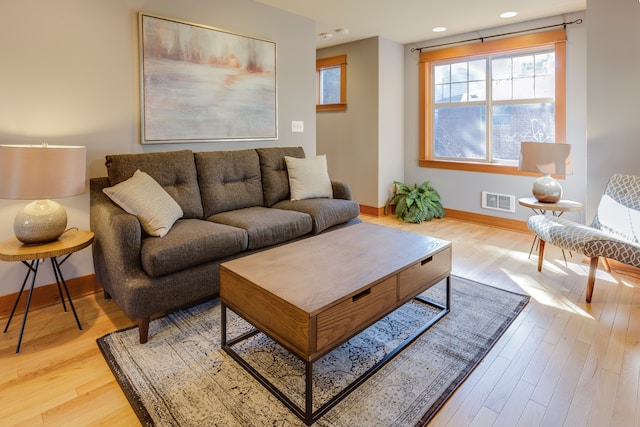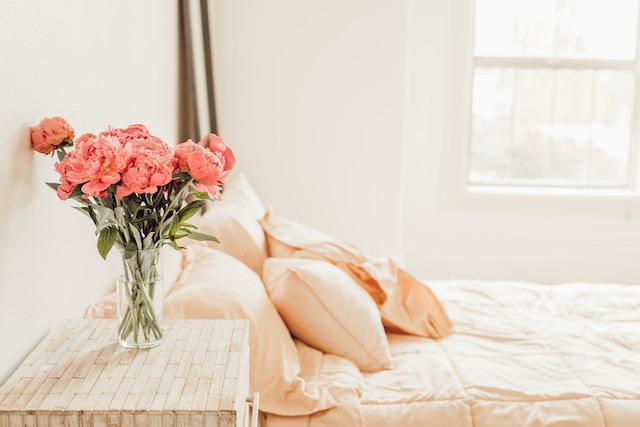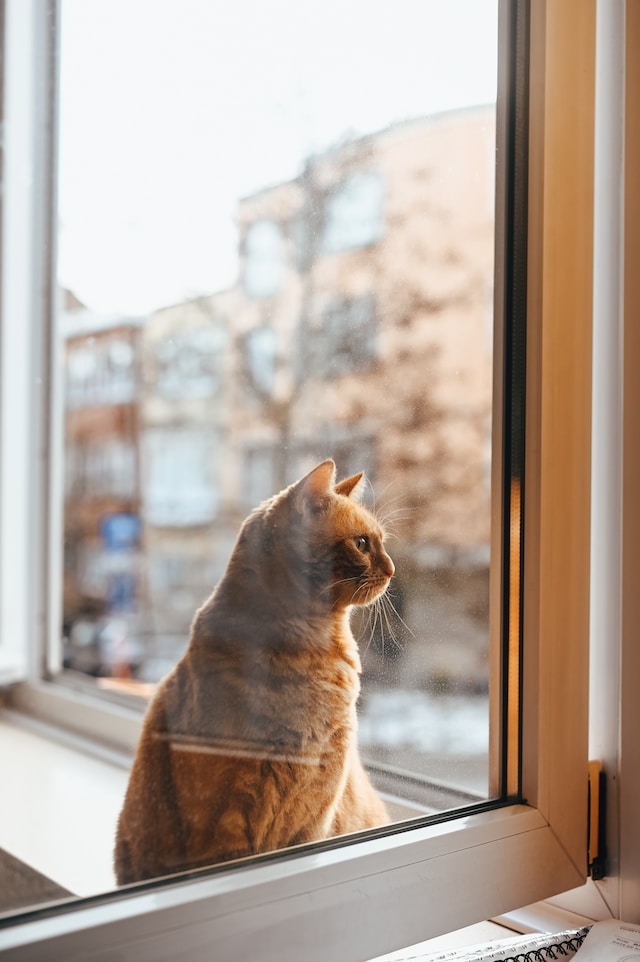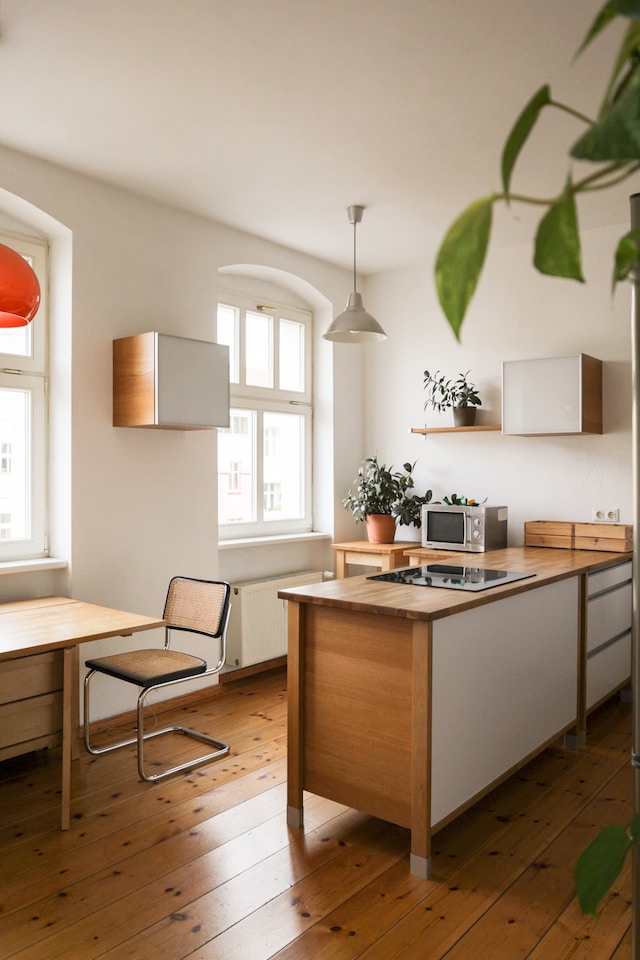
In the realm of interior design, the creative manipulation of light holds the power to transform any space. It can illuminate dark corners, create an illusion of spaciousness, and enhance the ambiance of a room. When it comes to compact interiors, ensuring an ample influx of natural light takes on even greater importance. The delicate dance between light and space becomes an art, requiring a strategic approach to maximize the potential of every ray that filters through. In this guide, we will explore various techniques and insights to harness the captivating beauty of natural light in compact interiors, unveiling the secrets to unlock their true radiance.
Benefits of Natural Light in Interior Spaces
Embracing the enchanting glow of natural light within interior spaces can have a profound impact on both the aesthetics and functionality of a room. The benefits of integrating this beautiful resource into compact interiors are numerous, ranging from increased energy efficiency to the enhancement of overall well-being. In this section, we will delve into the myriad advantages that natural light can bring to smaller spaces, shedding light on the transformative power it holds. It’s also the most efficient way to use solar power, even more efficient than using solar panels to power lightbulbs.
Harnessing Energy Efficiency
Natural light is an invaluable source of illumination that can reduce the need for artificial lighting during daylight hours, thereby decreasing electricity consumption. Compact interiors can often feel stifled and artificial without adequate natural light, but by maximizing its presence, the reliance on artificial lighting can be minimized, resulting in energy savings.
Creating a Sense of Spaciousness
The play of light and shadow has the remarkable ability to visually expand even the most confined spaces. By strategically allowing natural light to filter in, a compact interior can be imbued with a feeling of openness and airiness, creating the illusion of more room to breathe, relax, and entertain.
Enhancing Mood and Well-being
Natural light, particularly sunlight, has been scientifically proven to positively impact mood and mental health by boosting serotonin levels and providing a sense of rejuvenation. By incorporating as much natural light as possible into compact interiors, occupants can experience an uplifted spirit, increased productivity, and reduced feelings of stress and anxiety.
A study conducted in the UK found that sufficient exposure to natural sunlight significantly impacts mood and sleep quality. The research, involving over 400,000 participants, indicated that increased time spent in outdoor light during the day was associated with fewer depressive symptoms, less use of antidepressant medication, better sleep, and reduced symptoms of insomnia. This study emphasizes the positive effects of daylight on mood and sleep, highlighting the importance of incorporating natural light in daily life. For more information, you can read about this study on the Monash University website.
Highlighting Architectural Features
Natural light is an invaluable tool for accentuating the unique architectural elements of a compact interior. Whether it’s a beautifully textured wall, an intricate built-in shelving unit, or an eye-catching piece of furniture, natural light can draw attention to these features, elevating the overall aesthetic appeal of the space.
Connecting with Nature

Natural light serves as a link between the indoors and the outdoors, allowing for a connection with the surrounding environment. By inviting natural light into compact interiors, a symbiotic relationship is established, creating a harmonious fusion between the indoor and outdoor spaces, and fostering a sense of harmony and tranquility.
Maximizing Natural Light in Compact Interiors
Compact interiors, characterized by their limited spatial capacity, require a thoughtful approach to design and optimization. These spaces may encompass small apartments, cozy cottages, or even urban studios. With multiple functions squeezed into a confined area, the arrangement of furniture, the efficient utilization of every nook and cranny, and judicious use of natural light are key factors in creating a harmonious and visually pleasing environment.
The Challenge of Limited Space
Conquering Clutter: In compact interiors, clutter can quickly become overwhelming. Adhering to minimalist principles and adopting clever storage solutions can create a sense of calmness and prevent the space from feeling crowded or closed-off.
Functional Furniture: Embracing multi-functional furniture pieces, such as ottomans with hidden storage or wall-mounted shelves, can optimize space utilization and allow for more open areas to maximize the effects of natural light.
Thoughtful Layout: A well-planned layout is essential in compact interiors. Traffic flow, furniture placement, and the creation of distinct zones ensure that the space is utilized efficiently, allowing for natural light to penetrate every corner.
Strategies for Maximizing Natural Light
Light-colored Palette:
Opt for light and neutral hues when painting the walls, ceiling, and furniture. Light colors reflect more light, making the compact interior appear brighter and more open. Consider a white palette. White is a timeless and classic choice for compact interiors, as it is the most reflective color. It will create a clean and fresh aesthetic while maximizing the impact of natural light.
Thoughtful Placement of Furniture:
Opt for low-profile furniture that allows natural light to flow freely throughout the room. Avoid tall or bulky pieces that may block light or create shadows. Leave open spaces near windows to allow natural light to penetrate deeper into the compact interior. Arrange furniture in a way that does not obstruct the path of light.
Utilize Translucent Elements:
Instead of solid walls, consider using frosted glass partitions to separate different areas within the compact interior. This allows for the diffusion of natural light while maintaining privacy. Consider incorporating Japanese-inspired shoji screens, which are made of translucent rice paper, to divide spaces while still allowing light to pass through. These screens add a touch of elegance and create a soft, diffused lighting effect.
Embracing Windows
Consider enlarging existing windows or installing larger ones to maximize the amount of natural light that enters the space. This will open up the compact interior and create a more spacious feel. Clear any obstacles or obstructions near windows that may block the flow of natural light. This includes removing heavy curtains or furniture that may be in the way.
Reflective Surfaces:
Hang mirrors strategically to reflect natural light and create the illusion of a larger space. Place them across from windows or in darker corners to bounce light around the room. Incorporate glass accents such as glass tabletops, glass shelves, or glass backsplashes to enhance the reflection of natural light. These elements can add a touch of elegance while maximizing the luminosity of the space.

Skylights and Light Tubes:
If feasible, installing skylights will bring in an abundance of natural light from above, eliminating the need for additional windows. This can create a stunning focal point and flood the compact interior with brightness. Consider light tubes, also known as solar tubes or sun tubes. These are cylindrical devices that capture natural light from the roof and bring it into the interior through reflective tubes. These are ideal for compact interiors where traditional windows or skylights may not be practical.
Furniture and Decor Choices in Compact Interiors
In the realm of compact interiors, every piece of furniture and decor chosen plays a crucial role in maximizing space, enhancing natural light, and creating a harmonious environment. Thoughtful selection and placement of these elements can make a significant difference in the overall aesthetics and functionality of the space. Let us explore some key considerations when choosing furniture and decor for compact interiors.
Streamlined and Space-Saving Furniture:
Choose furniture that is compact, streamlined, and does not overpower the room. Consider multi-functional furniture, such as sofa beds, nesting tables, or collapsible dining tables, that can be easily folded or hidden when not in use. Utilize built-in storage options, such as ottomans with hidden storage or beds with drawers, to minimize clutter and maximize storage space.
Float Furniture:
Create an illusion of space and lightness by floating furniture away from walls. This technique allows natural light to flow more freely around the room, enhancing the perception of openness. Arrange seating areas strategically to create pathways and maintain functionality without obstructing the natural light.
Versatile Pieces:
Invest in furniture that can adapt to different functions. For example, a dining table can double as a workspace or a desk can have hidden compartments to store office supplies. This versatility ensures that the furniture serves multiple purposes, maximizing the utility of limited space.
Sheer and Light Fabrics:
Choose curtains, draperies, and blinds made of lightweight and sheer fabrics to allow maximum natural light into the room. Light-colored and translucent textiles create an ethereal and breezy atmosphere, enhancing the overall brightness of the space.
Visual Cohesion and Minimalism

Select a cohesive color palette consisting of light and neutral tones. Stick to a limited number of colors to create visual harmony and avoid overwhelming the space. Light-colored walls, furniture, and decor create a serene backdrop, allowing natural light to play a prominent role.
Embrace minimalism in furniture and decor choices. Opt for clean lines, simple designs, and decluttered spaces to create a sense of calm and spaciousness. Ensure that each piece of furniture or decor serves a purpose and contributes to the overall aesthetic without causing visual congestion.
Pay attention to the scale of furniture and decor in relation to the size of the room. Avoid oversized or bulky items that can make the space feel cramped. Instead, choose appropriately sized pieces that harmonize with the proportions of the compact interior, allowing light and space to be the main focus.
Indoor Plants and Natural Elements
Integrating elements of nature into compact interiors can have a transformative effect on the ambiance and overall appeal of the space. By incorporating indoor plants and natural materials, a symbiotic relationship is established between the indoors and the outdoors, promoting a sense of tranquility and connecting occupants with the wonders of the natural world.
Indoor plants not only add a touch of vibrant green to compact interiors but also offer numerous health benefits. They improve air quality by absorbing toxins and releasing oxygen, creating a cleaner and more refreshing atmosphere. Indoor plants can also reduce stress levels, boost mood, and enhance overall well-being.
Choosing the Right Plants
Opt for plants that thrive in low-light conditions since compact interiors might not always receive direct sunlight. Some excellent choices include snake plants, pothos, ZZ plants, and peace lilies. Consider the size of the space and select plants that are proportionate to the room, allowing them to complement rather than overpower the interior.
Utilize wall-mounted planters or hanging baskets to maximize space utilization. Create a vertical garden by attaching shelves or racks to walls where plants can be displayed in an organized and eye-catching manner. Place small potted plants on window sills, shelves, or cabinets to bring life to overlooked areas of the room.
Natural Materials and Organic Textures:
Incorporating natural wood elements adds warmth and brings a sense of earthiness to compact interiors. Choose furniture, flooring, or decor pieces made from woods like oak, teak, or bamboo to create a harmonious connection with nature. The rich tones and textures of wood can provide a striking contrast to the light-filled space, creating visual interest.
Embrace natural materials like cotton, linen, jute, or sisal for curtains, rugs, cushions, and upholstery. These textiles add texture and depth to the interior, evoking a sense of coziness and comfort. Consider choosing fabrics in light, neutral shades that enhance the brightness of the room.
Incorporating stone elements, such as marble, granite, or terrazzo, can add a touch of elegance and natural beauty to compact interiors. Use stone as a countertop material, flooring, or even as a decor accent like bookends or vases. Minerals like amethyst or quartz can be incorporated as decorative pieces, reflecting and refracting natural light, and creating a soothing and captivating atmosphere.

Bringing the Sunshine In
The art of maximizing natural light in compact interiors is a delicate balance that requires thoughtful design and strategic implementation. By harnessing the power of natural light, we can transform confined spaces into luminous havens that exude a sense of openness, tranquility, and well-being. From utilizing reflective surfaces and light-enhancing colors to incorporating clever storage solutions and embracing elements of nature, every aspect of the interior can contribute to creating a harmonious space that celebrates the beauty of natural light.
